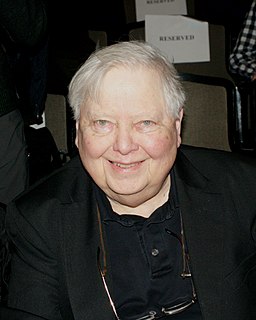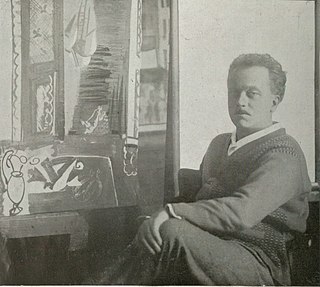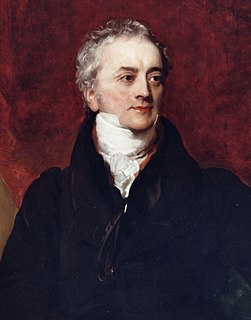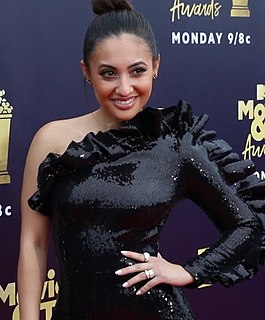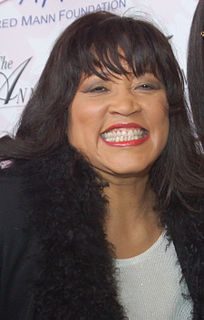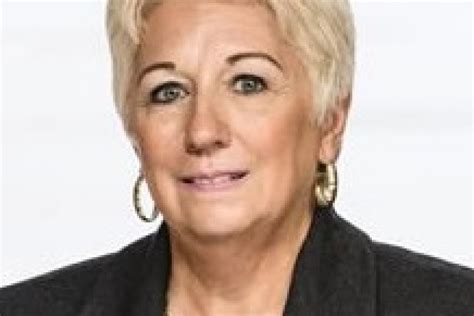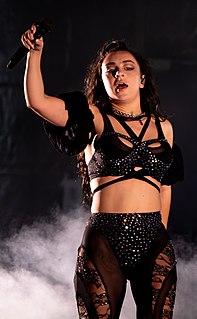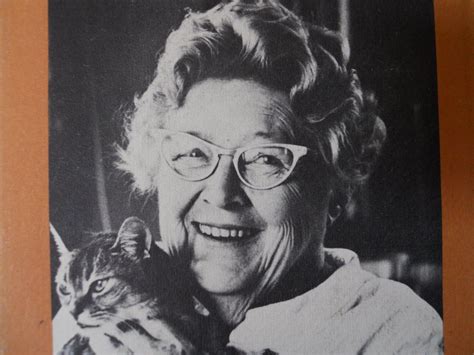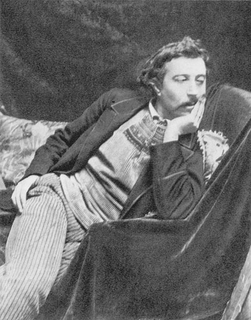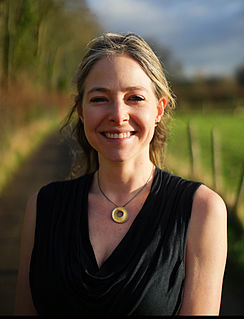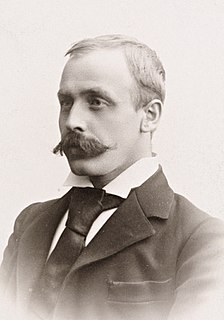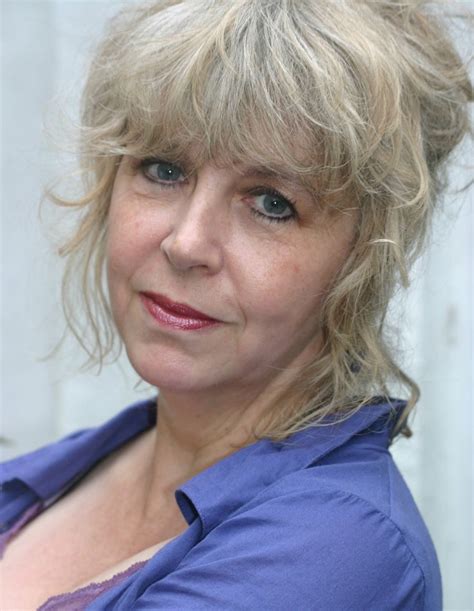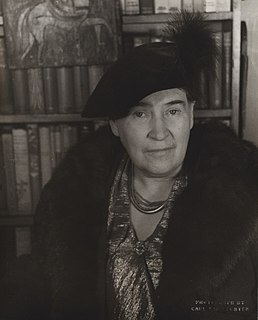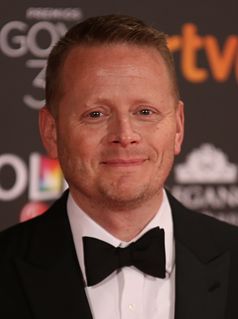A Quote by William H. Gass
The word itself has another color. It’s not a word with any resonance, although the e was once pronounced. There is only the bump now between b and l, the relief at the end, the whew. It hasn’t the sly turn which crimson takes halfway through, yellow’s deceptive jelly, or the rolled-down sound in brown. It hasn’t violet’s rapid sexual shudder or like a rough road the irregularity of ultramarine, the low puddle in mauve like a pancake covered in cream, the disapproving purse to pink, the assertive brevity of red, the whine of green.
Quote Topics
Although
Another
Any
Assertive
Between
Brevity
Brown
Bump
Color
Covered
Cream
Crimson
Deceptive
Disapproving
Down
End
Green
Halfway
Irregularity
Itself
Jelly
Like
Low
Now
Once
Only
Pancake
Pink
Purse
Rapid
Red
Relief
Resonance
Road
Rough
Rough Road
Sexual
Shudder
Sly
Sound
Takes
Through
Turn
Violet
Which
Whine
Word
Yellow
Related Quotes
Bastian had climbed a dune of purplish-red sand and all around him he saw nothing but hill after hill of every imaginable color. Each hill revealed a shade or tint that occured in no other. The nearest was cobalt blue, another was saffron yellow, then came crimson red, then indigo, apple green, sky blue, orange, peach, mauve, turquoise blue, lilac, moss green, ruby red, burnt umber, Indian yellow, vermillion, lapis lazuli, and so on from horizon to horizon. And between the hill, separating color from color, flowed streams of gold and silver sand.
If we seek for the simplest arrangement, which would enable it [the eye] to receive and discriminate the impressions of the different parts of the spectrum, we may suppose three distinct sensations only to be excited by the rays of the three principal pure colours, falling on any given point of the retina, the red, the green, and the violet; while the rays occupying the intermediate spaces are capable of producing mixed sensations, the yellow those which belong to the red and green, and the blue those which belong to the green and violet.
The colour of a British wood in autumn is predominantly yellow. There are relatively few European trees which have red leaves in the autumn. But there are splashes of crimson or rust-red colours from a few indigenous trees, like the rowan, as well as from introduced species, like the North American red oak.
Munch writes poetry with color. He has taught himself to see the full potential of color in art His use of color is above all lyrical. He feels color and he reveals his feelings through colors; he does not see them in isolation. He does not just see yellow, red and blue and violet; he sees sorrow and screaming and melancholy and decay.
Society. The same society, I might add, that dictates that little girls should always be sugar and spice and everything nice, which encourages them not to be assertive. And that, in turn, then leads to low self-esteem, which can lead to eating disorders and increased tolerance and acceptance of domestic, sexual, and substance abuse." "You get all that from a pink Onesie?" Leah said after a moment.
Mr. Jamrach led me through the lobby and into the menagerie. The first was a parrot room, a fearsome screaming place of mad round eyes, crimson breasts that beat against bars, wings that flapped against their neighbours, blood red, royal blue, gypsy yellow, grass green. The birds were crammed along perches. Macaws hung upside down here and there, batting their white eyes, and small green parrots flittered above our heads in drifts. A hot of cockatoos looked down from on high over the shrill madness, high crested, creamy breasted. The screeching was like laughter in hell.
He domesticated and developed the native wild flowers. He had one hill-side solidly clad with that low-growing purple verbena which mats over the hills of New Mexico. It was like a great violet velvet mantle thrown down in the sun; all the shades that the dyers and weavers of Italy and France strove for through centuries, the violet that is full of rose colour and is yet not lavender; the blue that becomes almost pink and then retreats again into sea-dark purple—the true Episcopal colour and countless variations of it.
Like how stars might sound. Or moons But not mountains. Too floaty for mountains. It's a sound like one planet singing to another, high stretched and full of different voices starting at different notes and sloping down to other different notes but all weaving together in a rope of sound that's sad but not sad and slow but not slow and all singing one word. One word.
